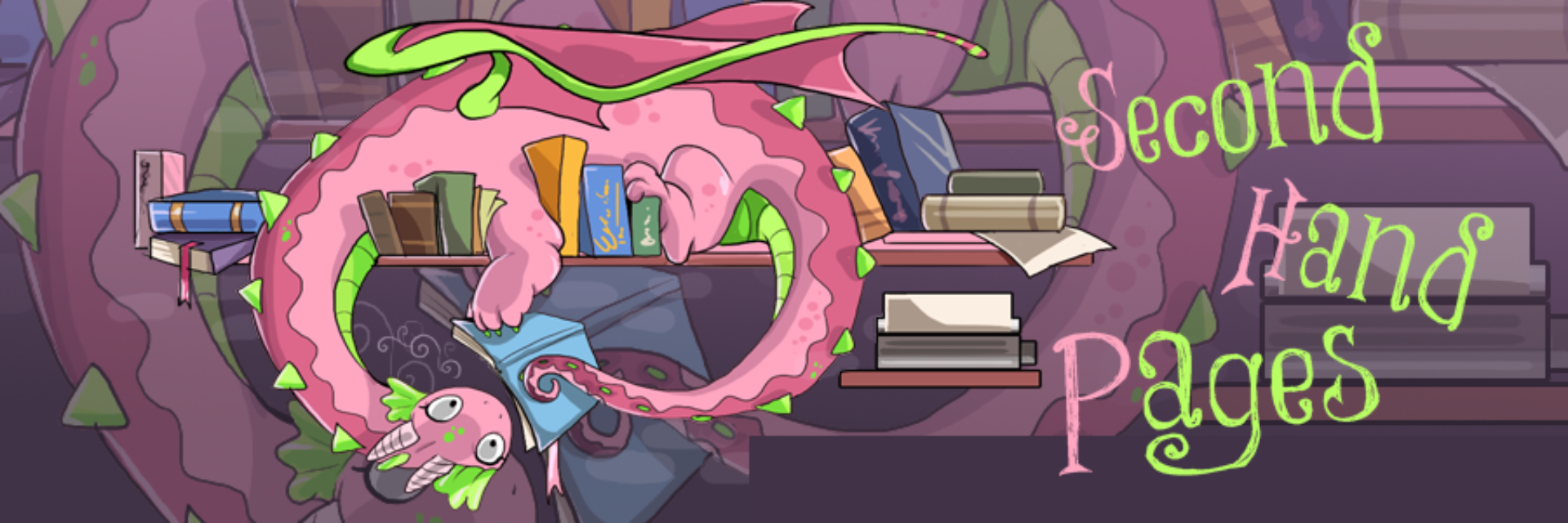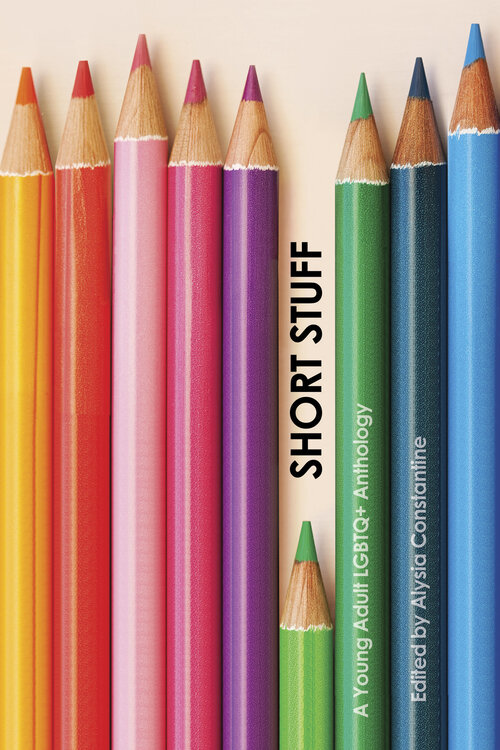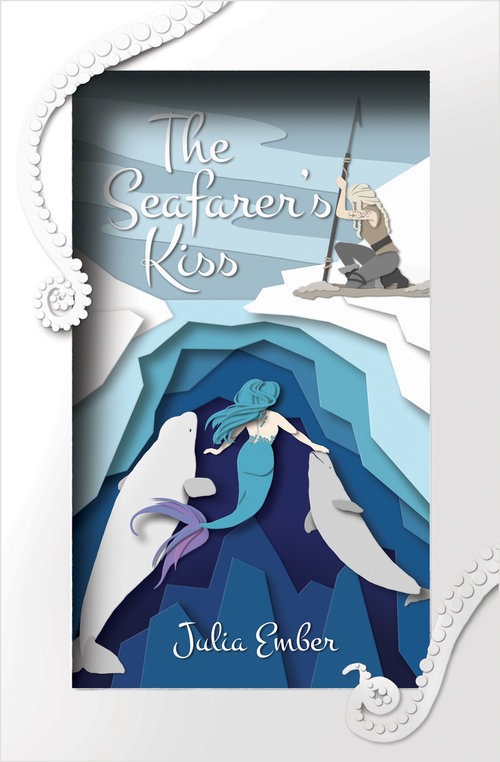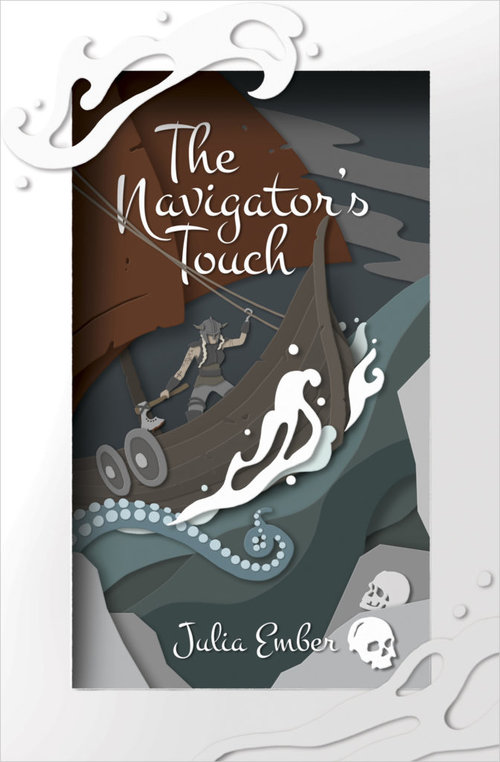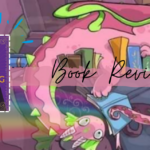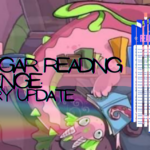“These mages put too much stock in their songs. They never notice how much you can say in silence. ”
February is the month of love! Casual love, instalove, enemies to lovers, forbidden love. Love is the most read about topic – because most of us want it.
Me? It’s Sapphic love.
Sapphic love is my all time favorite thing to read about, and Julia Ember’s is an immediate go-to.
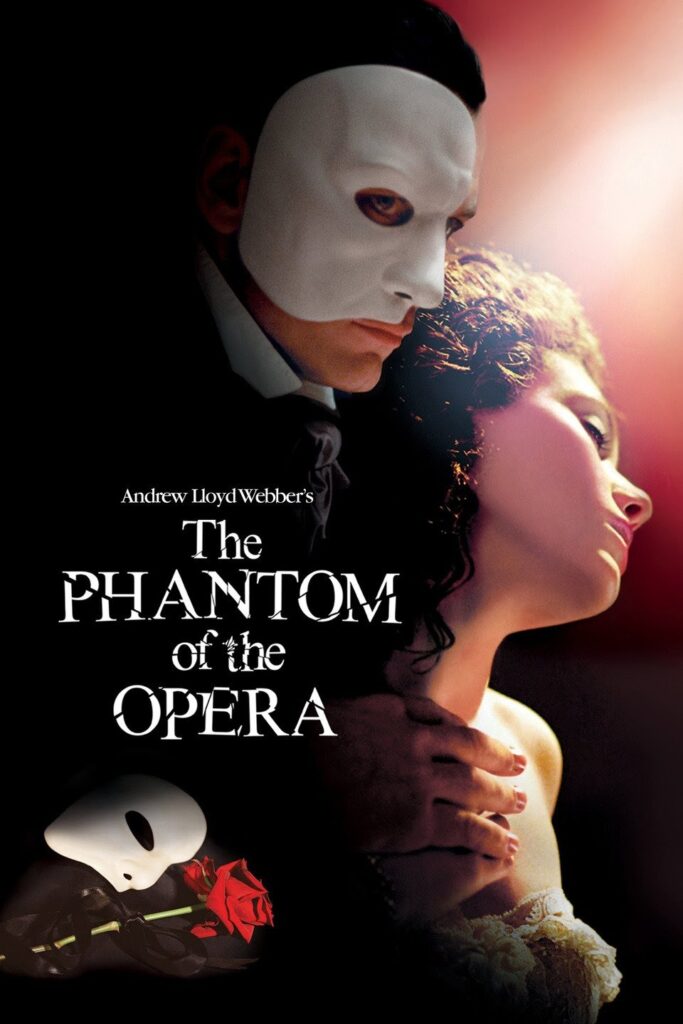
In high school, my theater teacher introduced us to the musical (Yes -I’d never seen the broadway musical until 2001!) and I quickly fell in love with the story. A naive girl who falls in love with a demonic fatherly figure was something that just drilled itself into my bones. Once the Motion Picture version came out, Christine Daae and The Phantom stole my heart all over again. I don’t swoon over men very often, but Butler’s portrayal of the Phantom did me in.
Since then, I’ve consumed every. single. retelling – or let’s be honest, any novel even remotely hinting at POTO. Imagine my surprise and DELIGHT when I was sent information on an upcoming POTO-inspired SAPPHIC LOVE STORY. I didn’t even care what the other details were.
Sign. Me. Up.
Enter Julia Ember into my life. Ember’s book was given to me for an early review (MUCH THANKS to McMillian Kids/ Farrar, Straus and Giroux !) and I blew through it with a ferocity that I had forgotten I had for novels. The characters, the world, and the magical system grabbed hold and didn’t let go – additionally, the inclusion of a fat girl who isn’t shy about her weight or ashamed of who she is brought tears to my eyes!
Naturally, I had to reach out for an interview about her stunning novel!
Check out the Synposis for RUINSONG below.
Ruinsong
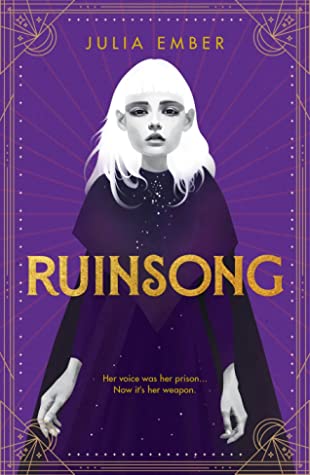
In Julia Ember’s dark and lush LGBTQ+ romantic fantasy Ruinsong, two young women from rival factions must work together to reunite their country, as they wrestle with their feelings for each other.
Her voice was her prison…
Now it’s her weapon.
In a world where magic is sung, a powerful mage named Cadence has been forced to torture her country’s disgraced nobility at her ruthless queen’s bidding.
But when she is reunited with her childhood friend, a noblewoman with ties to the underground rebellion, she must finally make a choice: Take a stand to free their country from oppression, or follow in the queen’s footsteps and become a monster herself.
For the full review, click here!
“If I had been born a mage, I would be free to flirt with pretty girls, and no one would judge me for it.”
Author Interview
In your opinion, what’s the best part of the writing process? What’s the hardest?
For me, I love the second draft phase the best. My first drafts are usually pretty lean – generally less than half of the book’s finished length – and I really struggle to plow through them. The second draft is when I know where I’m going because I’ve fought my way to the end, but I’m adding in layers, descriptions, characterization … but without any pressure to achieve perfection because I know there will still be many future drafts to come. It’s the perfect headspace for my anxious brain and really enjoyable.
The hardest parts are the first draft, and the final pass pages! By the time a book gets to pass pages, it’s probably been through 10+ rounds of drafts and edits, and at least in my case, I’ve passed my point of objectivity because I’ve seen it so many times. That makes the pass pages stressful because you know as an author they are your LAST chance to fix anything, but you also feel beyond the point where you could see any problems!
Who was your favorite character to write? Who was the most difficult?
In Ruinsong, Cadence was my favorite! We’re fairly similar as people – both of us a little bit insecure and sometimes too afraid to make any decision at all – so getting into her head wasn’t too difficult for me. We both also share a love of music and are introverts who would rather be left alone to read! Remi was much harder … I am not a brash person, nor do I see things in a black and white way like she does.
Remi and Cadence are both very different people. Where did you get the inspiration for them?
Some of their characterization was inspired by the original Phantom of the Opera story, of which Ruinsong is a loose retelling. Cadence and Christine definitely share some similarities, as do Remi and Raoul. Beyond that, I spent a lot of time thinking about what kind of people would be shaped by their back stories. Remi has lived a life of relative privilege, but with a clear enemy, and raised by two revolutionaries who inspire her to think about the greater good. Cadence has been alone most of her life, trapped in the palace with people who abuse her and use her.
Were there any other books or authors who gave you inspiration and ideas for your own writing?
I am constantly being inspired by new authors and books! I do believe the analogy that creativity is like a well that often needs to be refilled. Reading and consuming other media helps me when I feel like I’ve run dry.
The Villian is almost always some one I connect with and love instantly in stories. Queen Elene was gloriously evil. Did she change through out the drafts, and if so, how?
I had a pretty clear picture of Queen Elene even in early drafts, but some of her actions did change – I would say that she became more complicated in later drafts as I developed her relationship with Cadence. I think Elene truly sees herself as a maternal or mentor figure to Cadence, despite everything she does to her.
A lot of my inspiration from her also came from The Phantom of the Opera – though as much from pushing back against how the Phantom is characterized as what appears. I always hated that in both the book and stage show, the Phantom is shown as a sort of artistic purist whose actions are somewhat justified by the narrative in the name of musical greatness. I didn’t want to give Elene that excuse because it’s always seemed flimsy to me! She is a tyrant and Ruinsong portrays her as such.
While some believe that “retelling” common stories is overdone, others argue that it’s still a fresh spin when it involves changing the heteronormative narrative into one that Queer folx can relate to. How would you respond to those that say retelling fairy tales and common literature is overdone?
I think you sort of hit the nail on the head in your question! Retellings have been around for a very very long time … and not only in YA! Many of the works that we think of today as classics, like Shakespeare’s plays, are themselves retellings of historical events or myths from antiquity. There’s a craft book I really like called The Seven Basic Plots which makes some argument that almost all books are a retelling or reimagining in some form, even if they don’t brand themselves as such.
On the other hand, queer retellings or retellings by BIPOC are more recent editions to the category, and I think very needed. What we think of as the western ‘canon’ is very cishet and very white, and I think diverse retellings help make those older stories more relevant to today’s teens.
What do you hope that readers will take away from Ruinsong, or from the Seafarer’s Kiss for that matter?
I think both of my books share the theme of the importance of using your voice. I hope that readers feel empowered reading them!
What are your favorite craft books?
I do read some craft books, but I listen to a lot more craft focused podcasts!
I would recommend 88 Cups of Tea for new or emerging writers just starting out on their publication journey, and Deadline City for writers who maybe have a little bit of a foothold in the publishing world but feel like they haven’t been able to break out and are more interested in the business aspects.
What advice would you give to anyone writing, but still struggling to break through?
Keep writing! Believe in yourself and your projects, but also don’t be afraid to let go of a manuscript that isn’t working or isn’t finding an agent or a publisher and try something new. It is exhausting but publishing can sometimes be a numbers game – your writing might be excellent but you still need the right book at the right time, and volume can help with that.
Also find a community! Right now with Covid, I think this can be a little more challenging because local writers meet-ups aren’t happening, but probably more needed than ever. Writing is a very isolating pursuit, and without others to cheer you on, it’s easy to give up. Twitter is a great place to connect with other writers, as are Facebook groups.
About the Author:
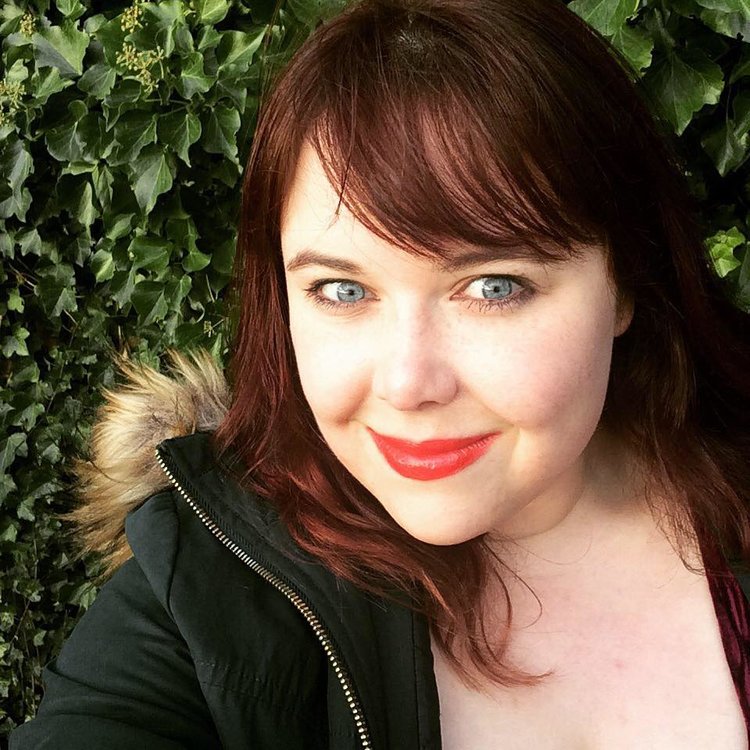
Julia Ember is the author of The Seafarer’s Kiss duology and Ruinsong. Her work has been featured in USA Today, Bustle, Book Riot and Autostraddle, among many other prominent outlets. Julia has a lifelong appreciation for history and classic literature, and holds an MLitt in Medieval Literature from the University of St. Andrews. She currently lives in Seattle with her wife and two very fluffy cats.
Other Works:
